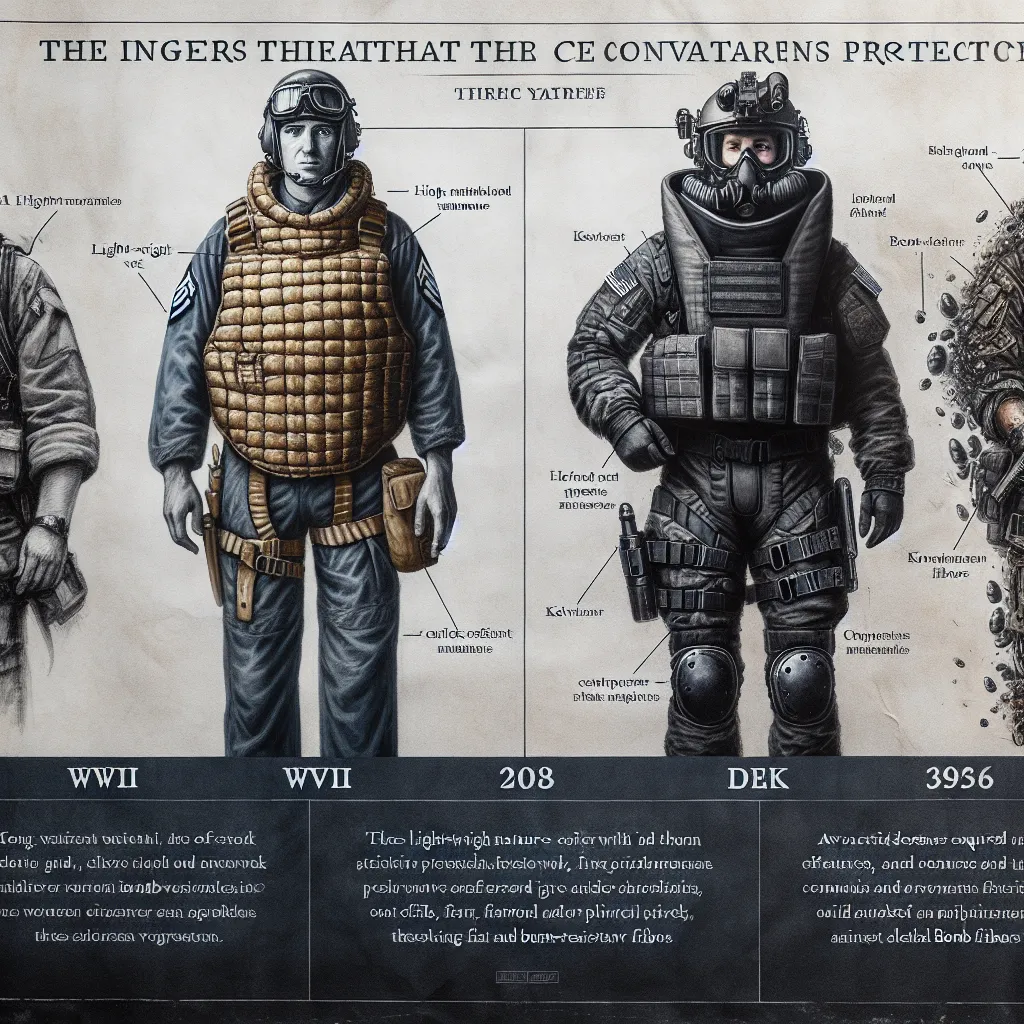During World War II, aircrew faced immense danger from anti-aircraft fire. Desperate for protection, they wore early versions of bulletproof vests, originally called flak jackets. These bulky, heavy vests were made of nylon and interwoven with small steel plates to shield them from shrapnel. Thankfully, the invention of Kevlar in the ’70s provided a game-changing solution. This lightweight polymer is five times stronger than steel by weight, revolutionizing the design of protective gear.
As technology advanced, bulletproof vests improved dramatically, becoming lighter while offering more protection. The modern iteration, known as the Improved Outer Tactical Vest (IOTV), exemplifies this evolution. Weighing just 1.6 kilograms, compared to the hefty 10-kilogram WWII flak jacket, the IOTV includes soft armor panels and silicon carbide ballistic plates. It also features critical design elements like quick-release mechanisms for emergencies and medical access.
Today’s IOTVs can resist powerful ammunition, such as a 3006 Springfield M2 armor-piercing round. However, protection needs differ greatly depending on the threat. In bomb disposal scenarios, mere bullet resistance isn’t enough. Bomb suits must withstand high-velocity fragments from explosives, which can travel up to 15,000 meters per second. These suits incorporate high-strength materials like steel, ceramics, and Kevlar, paired with heat-resistant fibers to safeguard against both shrapnel and heat from explosions.
To counter the shockwave of a blast, modern bomb suits employ foam that mitigates the impact on the wearer. This combination of materials and design enhancements significantly increases survival chances.
Every battle has always been an arm wrestle between attack and defense. The use of Improvised Explosive Devices (IEDs) has significantly changed warfare, forcing adaptations in military tactics and equipment. Just as we’ve seen historical advancements in protective gear, innovations will continue to evolve, ensuring soldiers are better equipped to face new threats.






